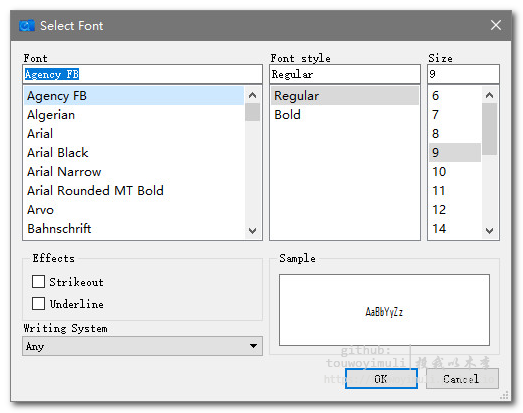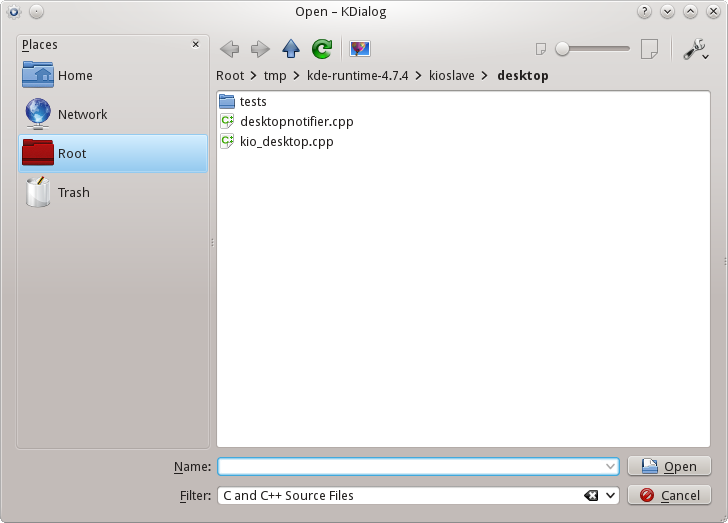

- GETOPENFILENAME DEFAULT FILE PATH FOR DESKTOP FULL
- GETOPENFILENAME DEFAULT FILE PATH FOR DESKTOP CODE
- GETOPENFILENAME DEFAULT FILE PATH FOR DESKTOP PC
TempfnameList = Select_File_Or_Files_Mac()

GETOPENFILENAME DEFAULT FILE PATH FOR DESKTOP CODE
However I also found that anycodings_macos Application.GetOpenFilename does not anycodings_macos work on the Mac, so I did some googling anycodings_macos and came up with this function as a anycodings_macos workaround on the Mac: #If Mac Then Select Get file path fpath Application.GetOpenFilename(All Files., Title:Select file) If LCase(fpath) false Then Exit Sub Insert file. GetOpenFilenameFrom function This code was written to. txt') If fileToOpen False Then fileToOpen ThisWorkbook.Path MsgBox 'File is ' & fileToOpen End Sub. Sub getFileorFolder () fileToOpen Application.GetOpenFilename ('Text Files (.txt). If not you should be able to adjust the below pretty easilly.
GETOPENFILENAME DEFAULT FILE PATH FOR DESKTOP FULL
The buffer pointed to by the lpstrFile member of the OPENFILENAME structure contains the full path and file name specified by the user.

Return value Type: BOOL If the user specifies a file name and clicks the OK button, the return value is nonzero. FName = Application.GetSaveAsFilename(fileFilter:=filterString, InitialFileName:=myInitialFileName) By parent I assume you mean the file from which the VBA is called. A top-level subdirectory is created for each development computer drive containing a file deployed with the PowerBuilder application. When GetOpenFileName returns, this structure contains information about the user's file selection.
GETOPENFILENAME DEFAULT FILE PATH FOR DESKTOP PC
I find that I am able to use anycodings_macos Application.GetSaveAsFileName on both PC anycodings_macos and Mac without issue. Select files on a Mac (GetOpenFilename) In Windows we can use for example GetOpenFilename to select files and do what we want with the path results, you can use.


 0 kommentar(er)
0 kommentar(er)
